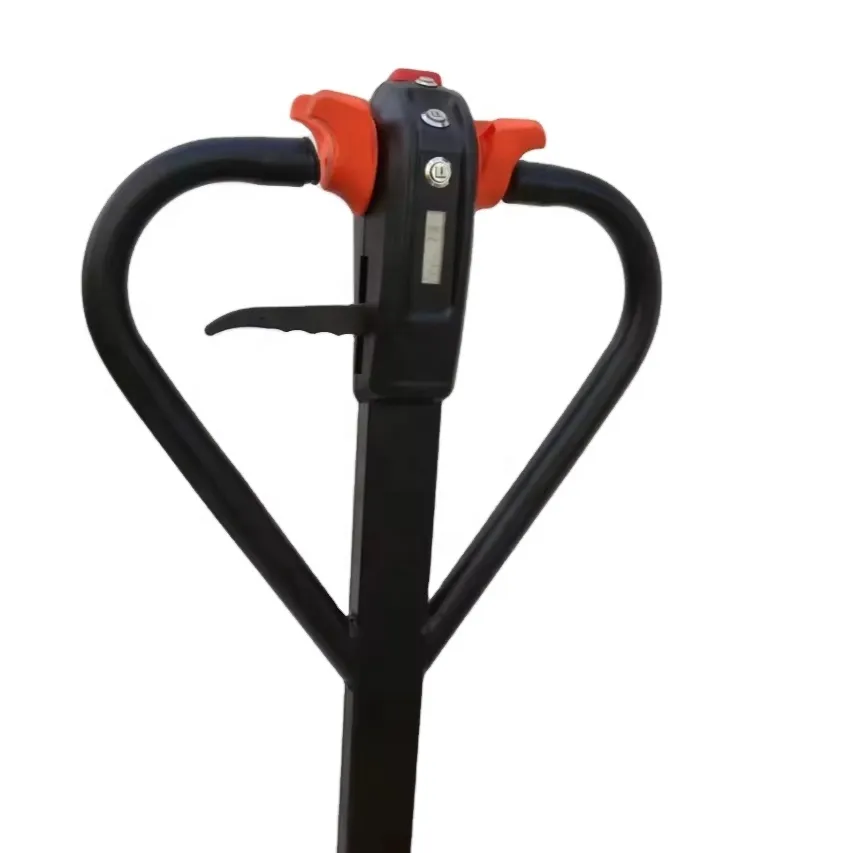


Understanding Floor Pallet Jacks A Comprehensive Overview
In the realms of warehousing, manufacturing, and logistics, efficiency is paramount. One of the indispensable tools that facilitate the smooth movement of goods within these environments is the floor pallet jack, commonly referred to as a pallet truck. This article will explore the features, types, advantages, and best practices for using floor pallet jacks to enhance operational efficiency.
What is a Floor Pallet Jack?
A floor pallet jack is a manual or powered device used to lift and move pallets—flat structures made of wood, plastic, or metal, typically used for storing goods. The design is straightforward it consists of a pair of forks that slide under the pallet, a hydraulic pump to lift the pallet, and wheels for mobility. This tool is essential in warehouses for transporting materials, loading/unloading trucks, and organizing inventory.
Types of Floor Pallet Jacks
There are primarily two types of pallet jacks
1. Manual Pallet Jacks These are operated by hand and rely on a hydraulic system to lift the pallet. Operators pump a handle to raise or lower the forks. Manual jacks are affordable, lightweight, and easy to maneuver, making them ideal for smaller, less intensive warehouse operations.
2. Electric Pallet Jacks Also known as powered pallet jacks, these are equipped with electric motors that assist in lifting and moving pallets. They are particularly beneficial in larger warehouses or facilities that handle a high volume of goods frequently. Electric pallet jacks reduce the strain on workers and can enhance productivity through faster operation.
Advantages of Using Floor Pallet Jacks
The adoption of floor pallet jacks in various industries offers several benefits
- Increased Efficiency Moving pallets with a pallet jack is faster compared to manual lifting. This increases workflow and efficiency within a workspace.

- Cost-Effective Compared to forklifts, pallet jacks require a lower upfront investment and maintenance cost. They are an economical choice for businesses that do not need the heavy-duty capabilities of a forklift.
- Space-Saving Manual and electric pallet jacks are relatively compact, allowing them to navigate narrow aisles and tight spaces in warehouses where larger equipment cannot operate.
- Reduced Risk of Injury By utilizing a pallet jack, workers are less likely to suffer from back injuries associated with manual lifting. This contributes to a safer working environment.
Best Practices for Using Floor Pallet Jacks
To maximize the efficiency and safety of using a floor pallet jack, consider the following best practices
1. Regular Maintenance Inspect the pallet jack for any damages or issues before use. Checking the wheels, hydraulic system, and forks regularly can prevent accidents and ensure longevity.
2. Proper Loading Techniques Always ensure that the weight is evenly distributed on the pallet. Overloading can lead to tipping or instability. Follow the manufacturer's guidelines for weight limits.
3. Training Employees should be adequately trained in the operation of pallet jacks. Understanding how to maneuver, lift, and lower the jack safely is essential for minimizing accidents.
4. Path Clearance Before moving pallets, ensure that the path is clear of obstacles. This prevents accidents and maintains a smooth workflow.
Conclusion
The floor pallet jack is an essential tool in the modern warehouse and logistics landscape. Its simplicity, cost-effectiveness, and efficiency make it a staple for businesses handling goods. By understanding its types, benefits, and best practices, organizations can leverage floor pallet jacks to improve productivity and create a safer work environment. Investing in proper training and maintenance for these devices ensures that operations run smoothly and efficiently, contributing to the overall success of the business.



